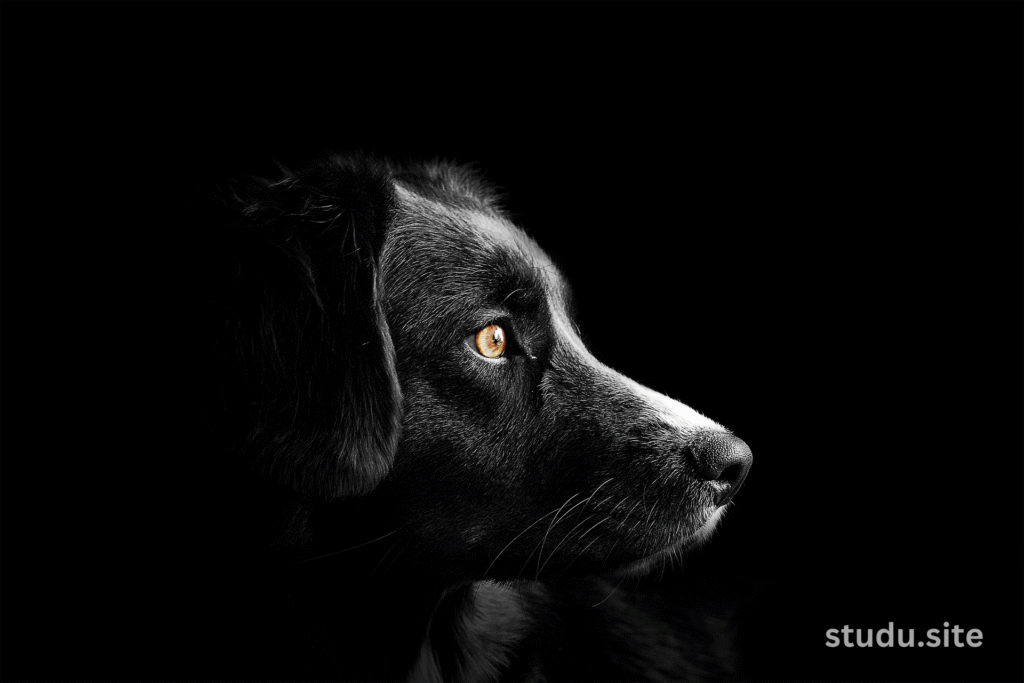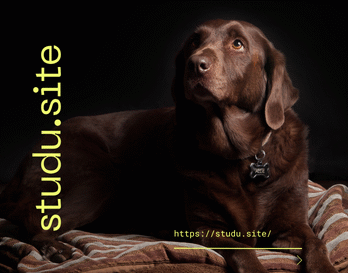Introduction
If you’ve ever found yourself on the receiving end of your dog’s sideways stare, you know the classic “side eye dog” face. This thoughtful gaze—usually laced with sass, suspicion, or humor—has taken over the internet, from memes to TikTok videos. But why do dogs give us the side eye? Is your pup judging you, feeling uneasy, or just being playful? As a dog owner, understanding this quirky behavior can deepen your bond with your furry friend. In this 2025 guide, we’ll explore what the side eye dog means, why dogs do it, and how to interpret and respond to this canine communication. Let’s dive into the world of sassy dog glances!

What Is a Side Eye Dog?
The expression “side eye dog” is used when a dog throws a side eye, where the eyes are drawn to the side but the head is only partially turned. This gaze usually exposes the whites of their eyes and is therefore commonly called “whale eye” in studies on dog behavior. It is a body language that can express a variety of emotions, ranging from curiosity to unease. The side eye dog has also become a cultural icon, with photos such as the one Redditor gooddboyy uploaded on April 23, 2015, creating endless memes. A side eye or a playful jibe or even an indication of unease, the side eye dog is a window to your pup’s mind.
Why Do Dogs Give Side Eye?
Dogs use body language to communicate, and side eye is one of their most effective tools. The following are the most compelling reasons your dog is giving you side eye dog:
1. Playfulness or Sass
Other times, the side eye dog is simply expressing pure attitude. Dogs may use this look to add humor or sass to their interactions, particularly with owners that they feel comfortable with. It’s typical during playtime or when they are being mischievous.
Example: Your dog may side eye you when you take out the leash for a walk but they are snuggled on the couch.
2. Curiosity or Observation
Dogs are curious by nature, and a side eye enables them to observe something that is of interest to them without giving a complete stare. This quick look helps them observe their surroundings without being tense.
Example: When you’re snacking, your dog may give you a side eye dog look in the hope of getting a treat.
3. Uncertainty or Caution
The side eye may indicate that your dog is uncertain or wary of an event. By not making eye contact, they’re gauging a possible threat or stranger without increasing tension.
Example: Greeting a new dog at the park may trigger a side eye dog glance since your pup is getting familiar with them.
4. Stress or Discomfort
When the side eye dog look reveals the whites of the eyes (whale eye), it usually means your dog is stressed or uncomfortable. This is particularly the case if accompanied by a rigid body, tucked tail, or pinned-back ears. It’s a sign that your dog feels threatened or overpowered.
Example: A tight hug from a stranger may provoke a side eye dog look indicating discomfort.
5. Resource Guarding
Dogs can employ the side eye to defend prized possessions such as food, toys, or their favorite position. The look reminds potential “intruders” that they are not welcome without involving aggression.
Example: If someone moves to reach your dog’s bone, you could receive a side eye dog warning to stay away.
How to Interpret the Side Eye Dog Look
Decoding your dog’s side eye requires context and attention to their body language. Here’s how to read the side eye dog glance:
-
Relaxed Posture: A wagging tail, loose body, and perked ears suggest a playful or curious side eye dog look.
-
Tense Posture: A stiff body, tucked tail, or flattened ears with a side eye dog glance may indicate stress or discomfort.
-
Triggers: What’s going on around your dog? Are they responding to a person, sound, or you?
-
Frequency: Is the side eye dog look an isolated incident or a regular response to certain situations? Regular stress-induced side eye might indicate anxiety.
By putting these signs together, you’ll be able to better recognize your dog’s emotions and respond accordingly.
How to Respond to a Side Eye Dog
Once you’ve identified the cause of your dog’s side eye, tailor your response to their needs:
For Playful Side Eye
If your dog’s side eye dog look is sassy, lean into the fun! Engage with a toy, treat, or playful interaction to strengthen your bond.
Tip: Use a cheerful tone to match their playful vibe.
For Curious Side Eye
A side eye dog glance with curiosity is your dog is interested. Allow them to explore the trigger safely or redirect their attention if it is not appropriate.
Tip: They can be directed by commands such as “leave it” or “look.”
For Stressy Side Eye
If the side eye dog look indicates discomfort, take your dog away from the stressful stimulus or establish space away from the trigger. Refrain from forcing interaction, which may increase anxiety.
Tip: Offer a calm environment and employ treats to foster positive associations through time.
For Resource Guarding
A side eye dog stare associated with resource guarding needs to be handled with care. Don’t grab the item, as this will lead to further aggression. Rather, train to minimize guarding behavior.
Tip: Seek advice from a trainer for methods such as trading up (swapping with a superior item).
Why Is the Side Eye Dog So Popular Online?
The side eye dog has blown up in popularity, assisted by social media websites such as X, TikTok, and Instagram. Memes about dogs such as Redditor gooddboyy’s 2015 dog post capture the human-like expressiveness of the side eye dog look, which is frequently captioned with humor-based relatability. The look is universal-looking—be it a dog “judging” their master or “conspiring” for revenge, it rings true for pet owners. The range of side eye dog facial expressions from subtle to over-the-top makes them ideal for viral media.
Side Eye Dog Training Tips to Control Side Eye Dog Behavior
Side eye dog look may look harmless most of the time, but managing stress or guarding side eye can help your dog feel better. Give the following training tips a try:
-
“Leave It” Command: Instruct your dog to leave triggers that elicit a side eye dog stare.
-
Desensitization: Gradually expose your dog to stressors (such as strangers) in a controlled manner in order to decrease side-eye resulting from anxiety.
-
Positive Reinforcement: Reward your dog for calm behaviors in an attempt to help him build his confidence and decrease stress-related side-eye dog looks.
-
Professional Help: For persistent issues such as resource guarding, consult a certified dog trainer.
FAQs About Side Eye Dog
1. Is a side eye dog look the same as whale eye?
Not always. Whale eye is a specific side eye dog look displaying whites of the eyes, usually associated with stress. Side eye might be play or curiosity.
2. Why does my dog give me a side eye dog stare when I’m petting them?
It may be displeasure, playfulness, or stress reaction to your petting technique. Observe their body language for hints.
3. Can a side eye dog look mean my dog is angry?
Dogs don’t experience anger like humans, but a side eye dog look can be a sign of irritation or desire for space.
4. How do I prevent my dog’s side eye behavior?
You can’t get rid of side eye completely, but training can help resolve underlying issues such as stress or guarding.
Conclusion
The side eye dog is more than a meme gone viral—it’s an interesting look into your dog’s feelings. Whether your dog is delivering sass, curiosity, or stress signals, knowing the side eye dog expression deepens your bond. By paying attention to their body language, engaging wisely, and resolving any issues through training, you can make sure your dog feels secure and understood. So, the next time you spot that side eye dog stare, you’ll be in the know—and perhaps even toss a playful side eye right back!
For additional information on dog behavior or training advice, see a certified trainer or reputable pet resources. Keep on enjoying your dog’s quirky personality, side eye dog and all!
